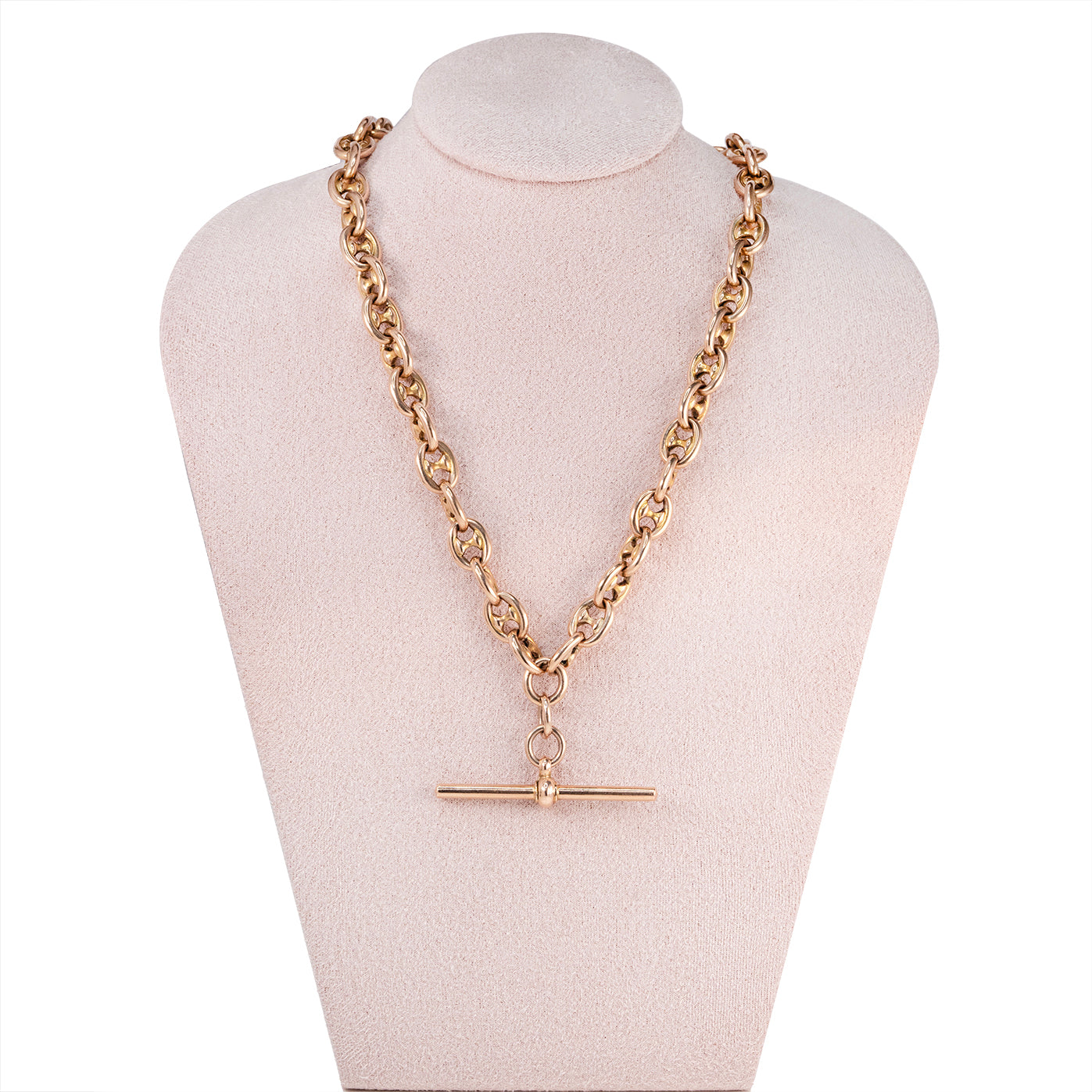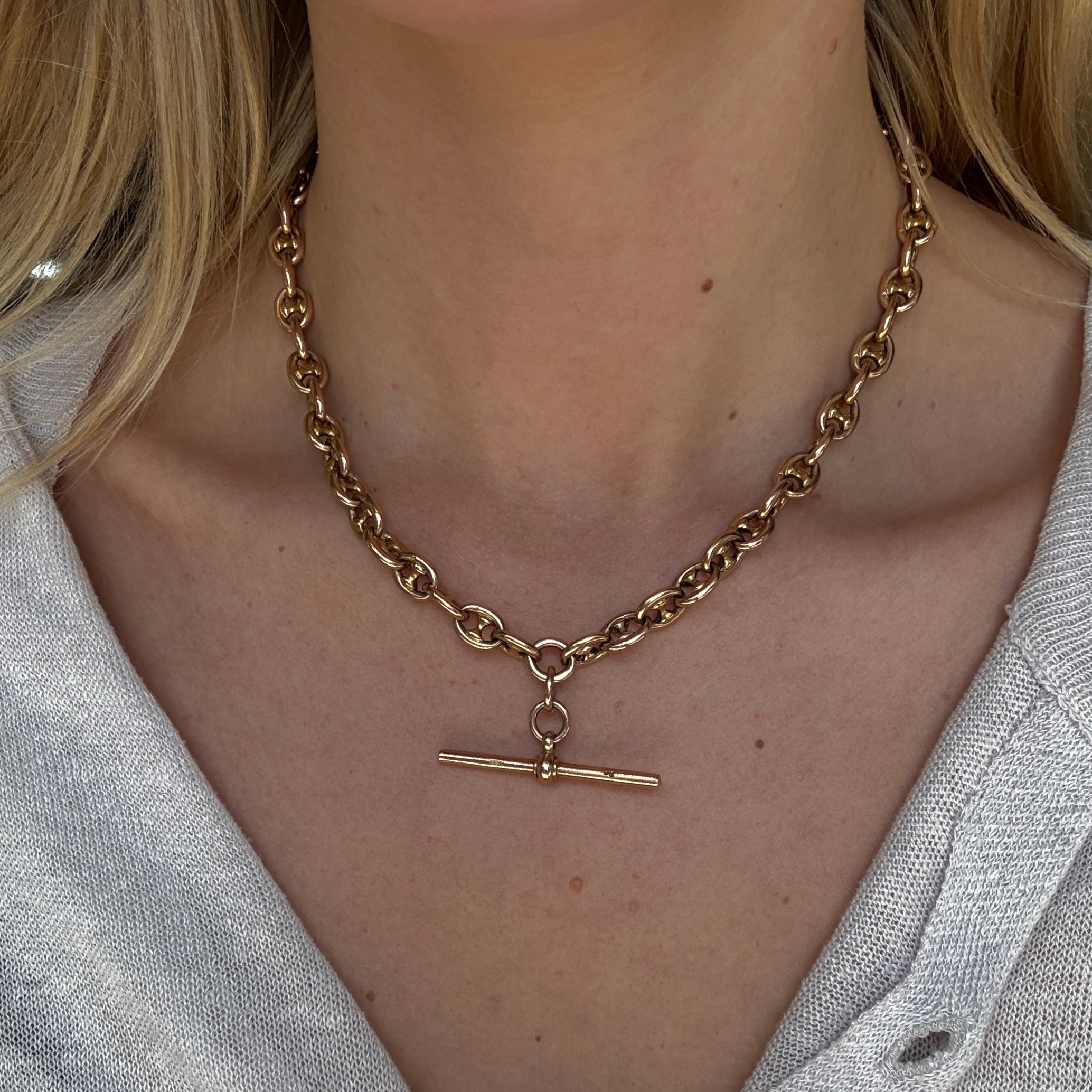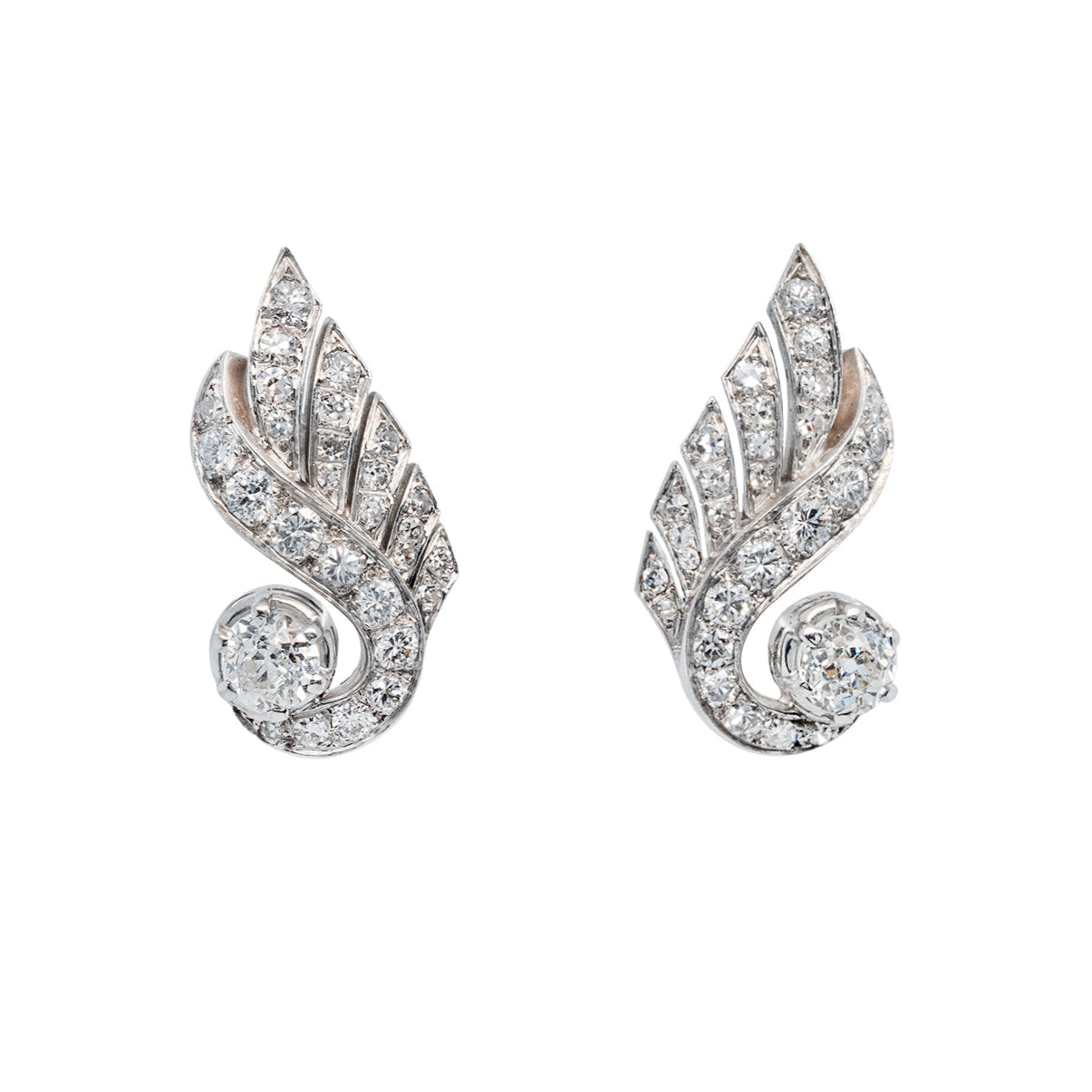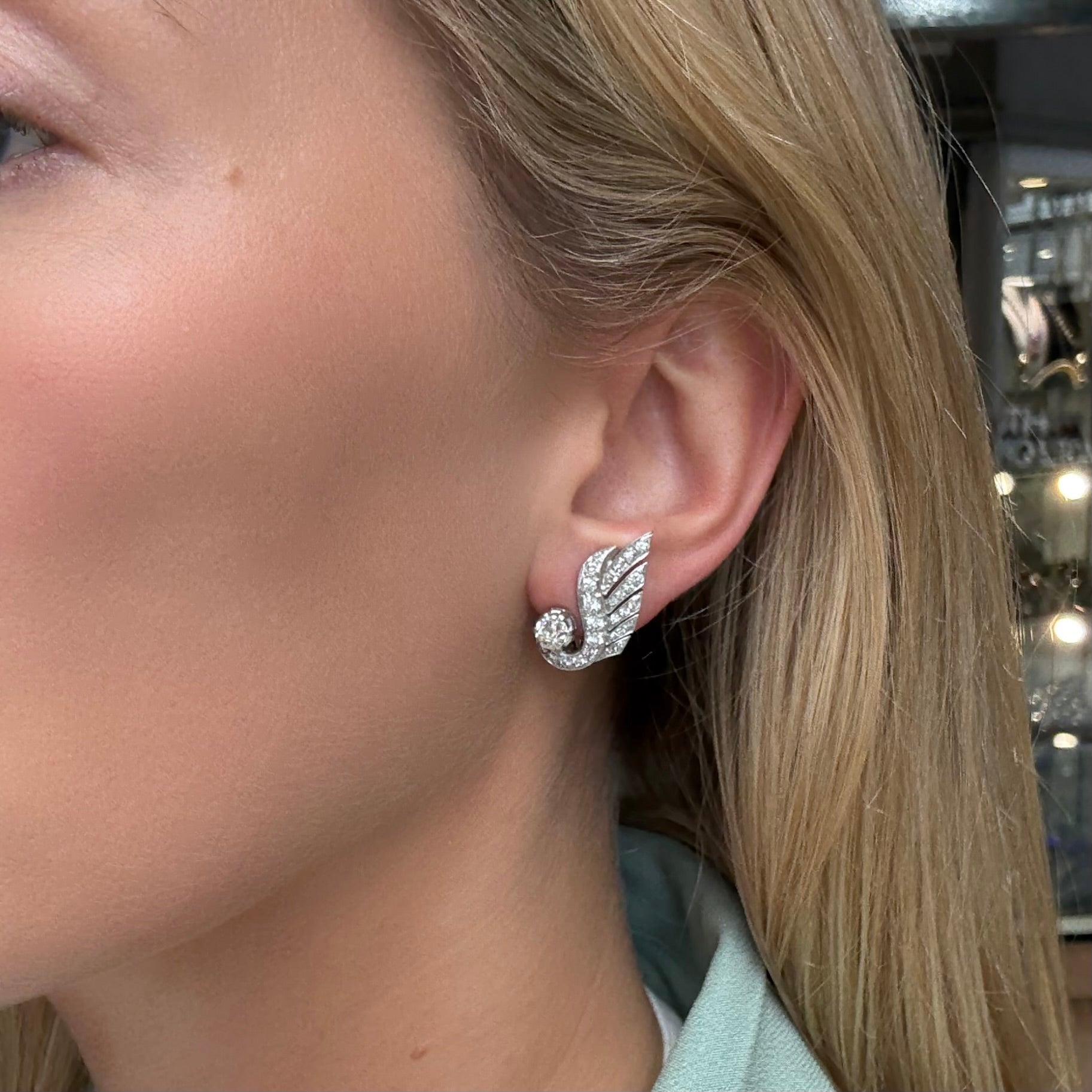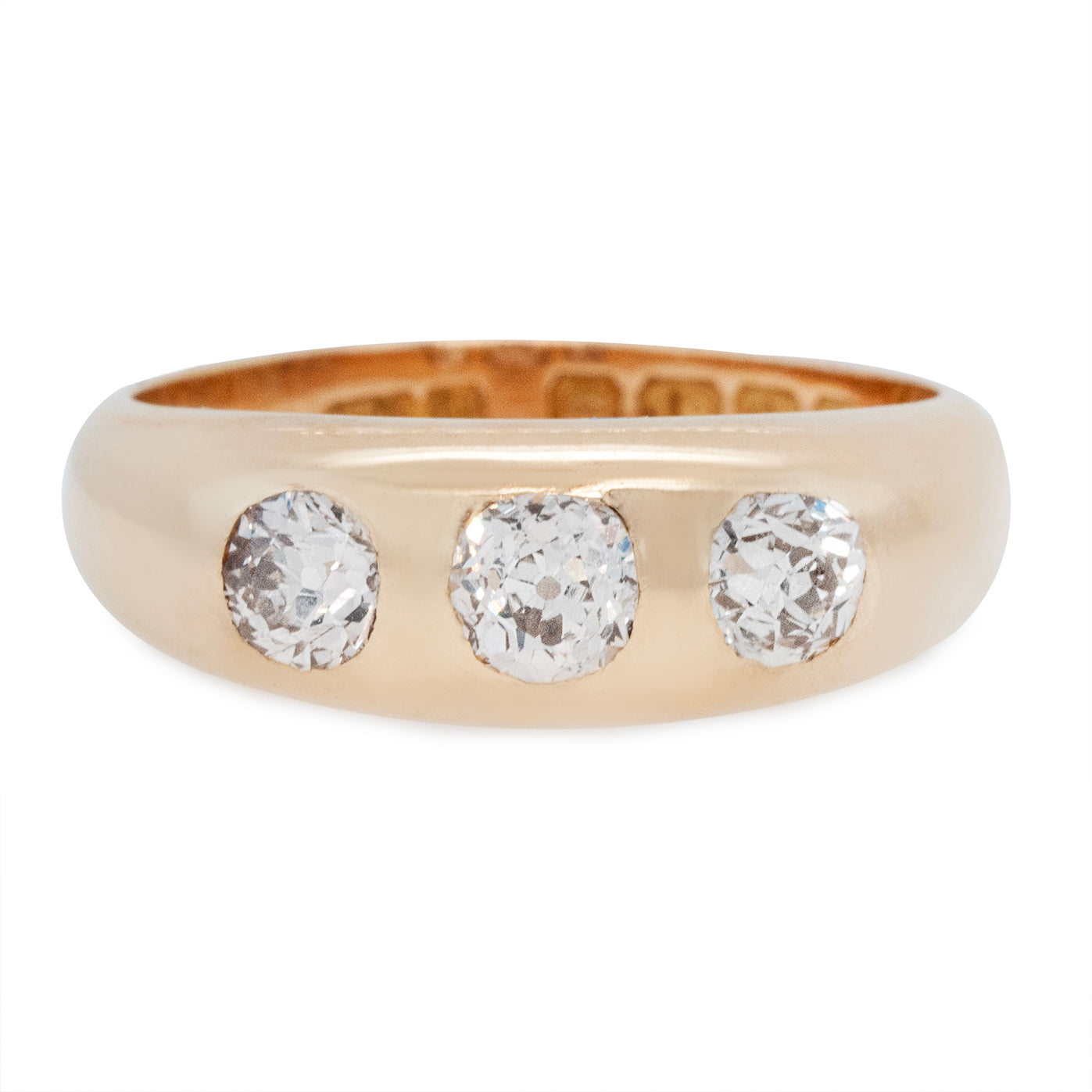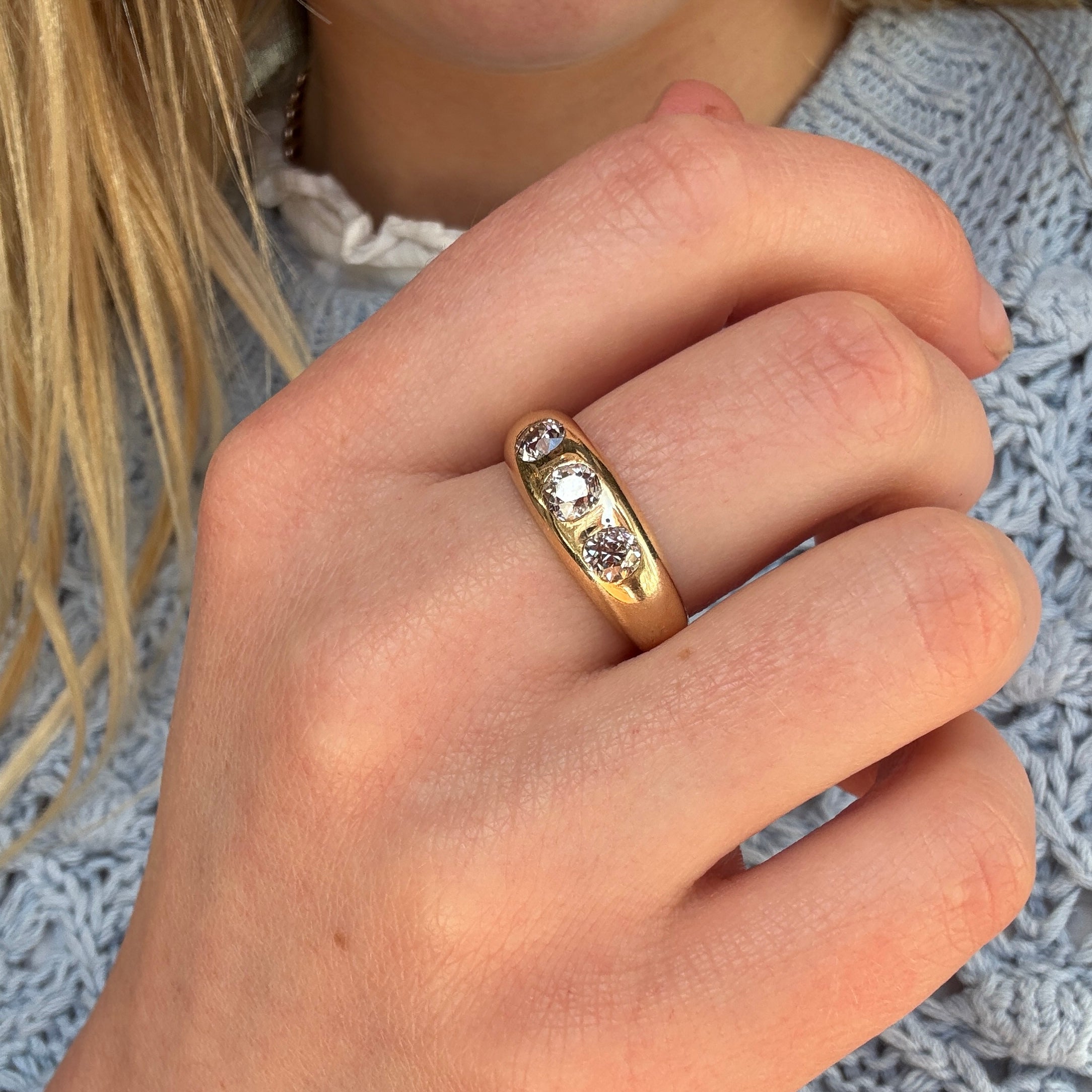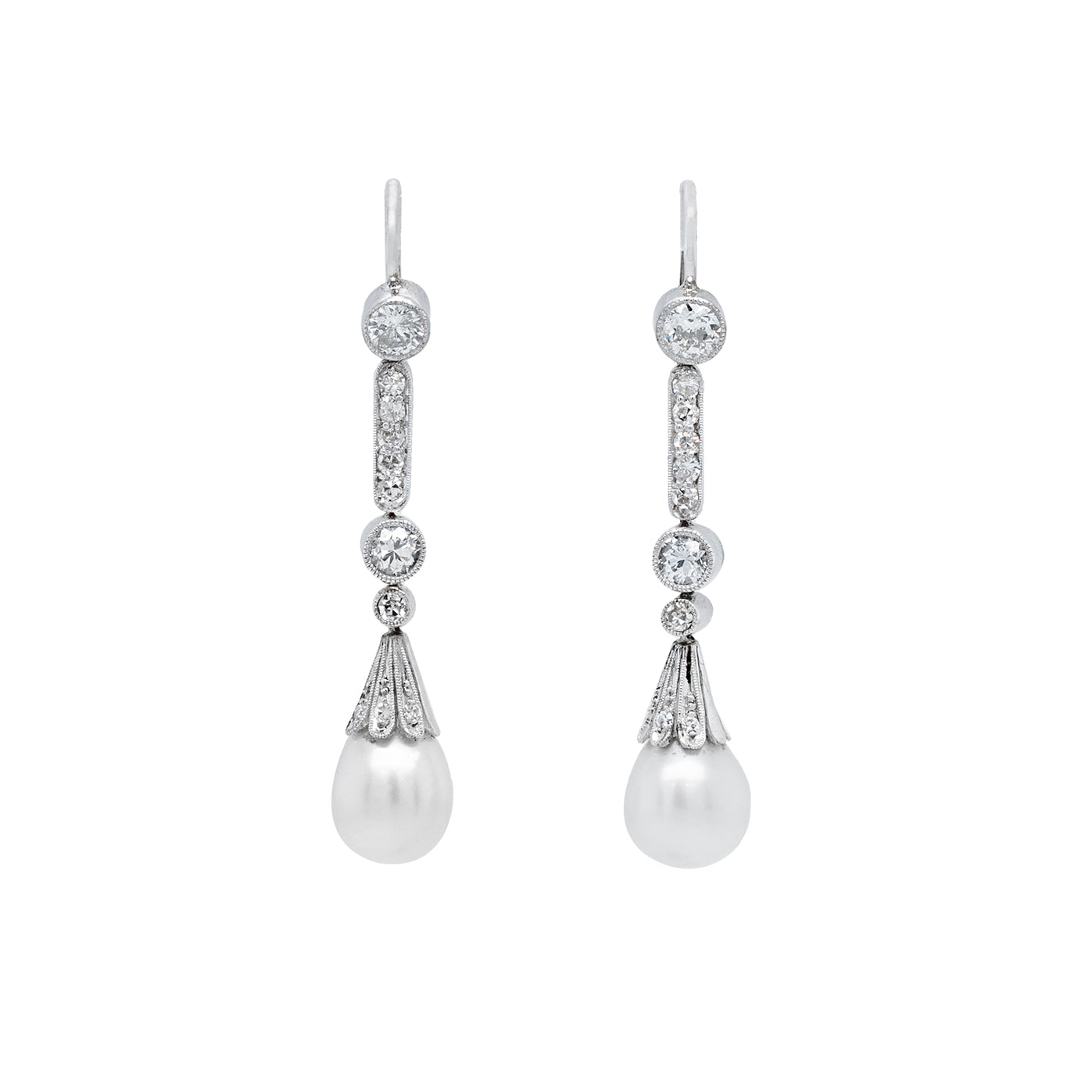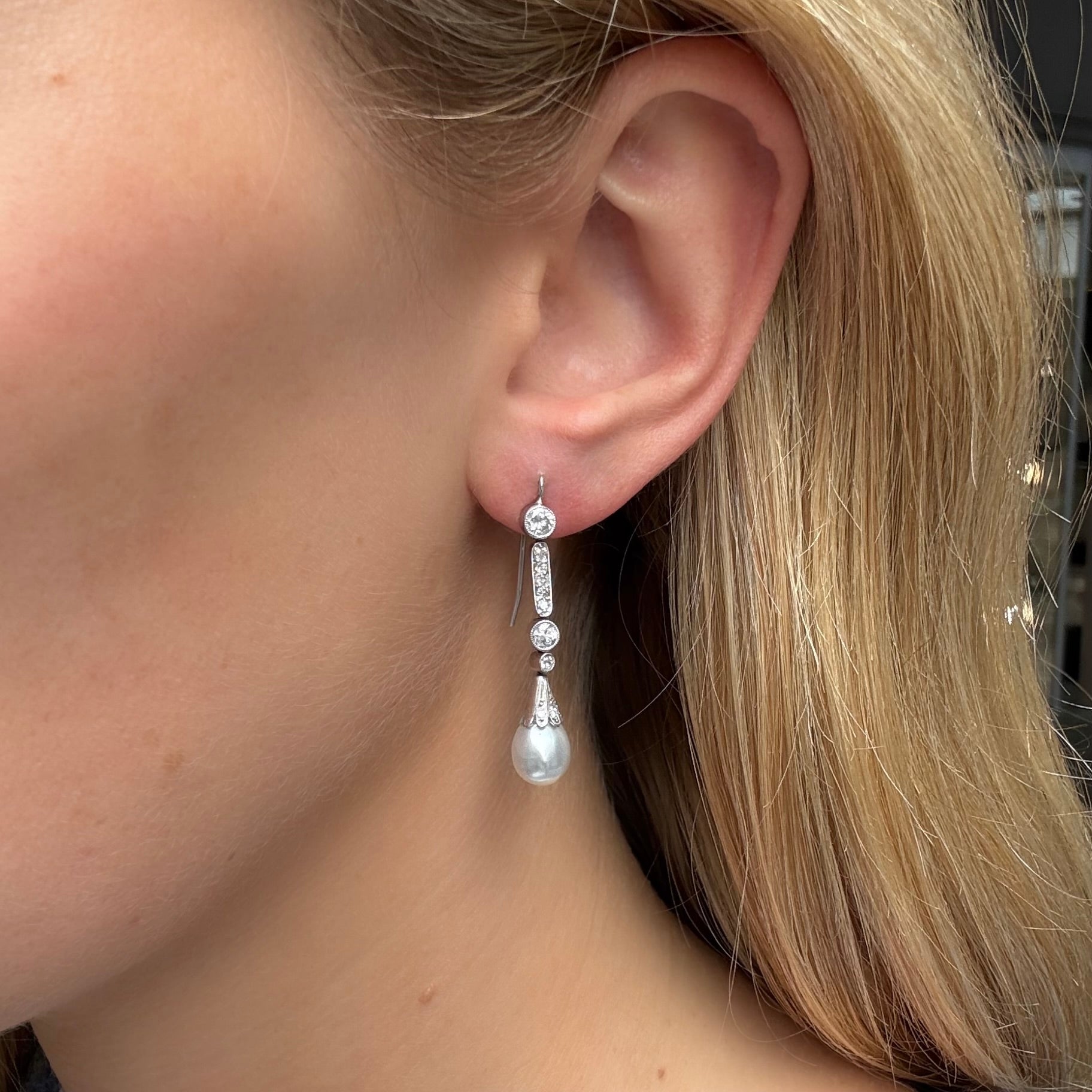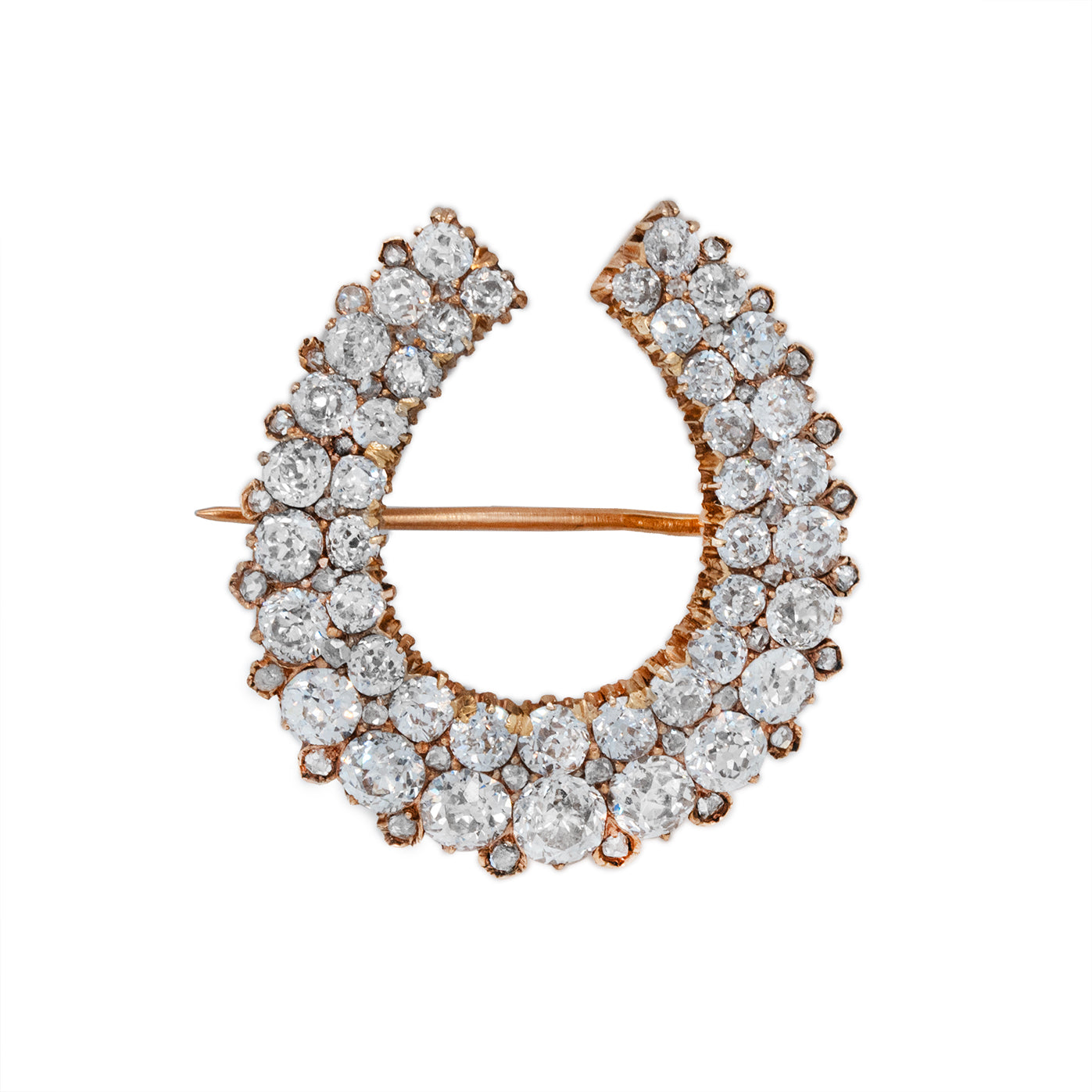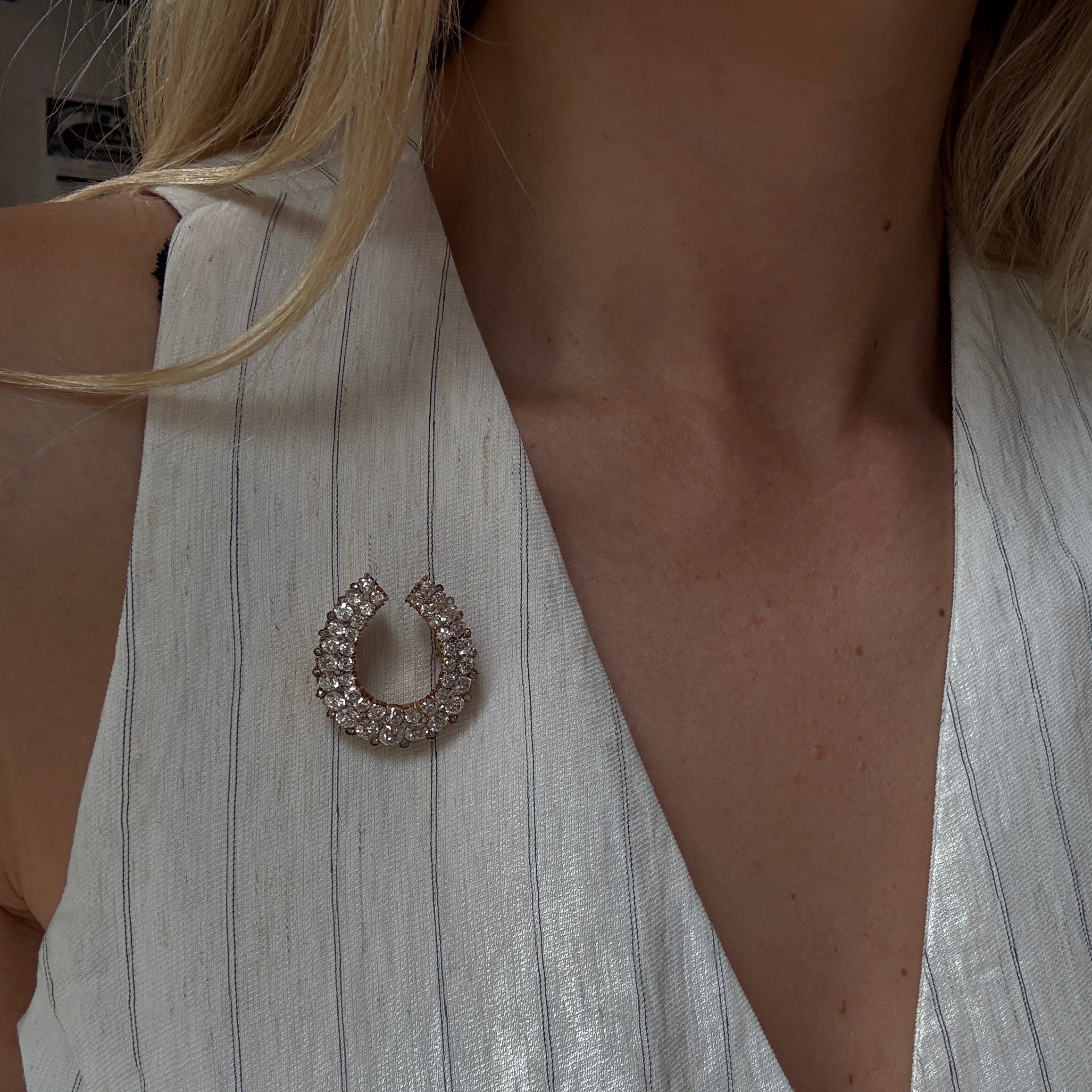Horseshoe jewellery was popular during the Victorian era, and it held both aesthetic and symbolic meanings. Today the design is still as much loved as it was then.
A Symbol of Good Luck
The most prevalent meaning associated with the horseshoe symbol during the Victorian era was good fortune. It was believed that a horseshoe, when hung above a door or worn as jewellery, could bring protection and luck to its owner. This belief stemmed from ancient superstitions, as the horseshoe was thought to ward off evil spirits and negative energy.
The shape of the horseshoe, often depicted as open at the top, was also thought to allow luck to pour into the home or life of the person who possessed it, preventing bad luck from entering.
A Symbol of Protection and Strength
Horseshoes were also thought to embody the strength and resilience of the horse itself. As the horse was a vital part of Victorian society for transportation, farming, and even warfare, the horseshoe became a symbol of power, stamina, and protection.
In jewellery, the horseshoe represented the power to overcome obstacles and stay safe, making it a popular motif for those wishing for endurance or the fortitude to face life's challenges.
See for example the below Victorian era Mizpah ring that features a horseshoe motif. Mizpah is Hebrew and means “watchtower”, used in the Victorian era to symbolise protection, often given as a token of love or friendship
Romantic and Sentimental Meaning
In the Victorian era, sentimental jewellery was extremely popular, and horseshoe motifs were often incorporated into love tokens or gifts between lovers. It was not uncommon for couples to exchange jewellery with symbolic motifs that conveyed their affection and wishes for good fortune in their relationship.A horseshoe might be engraved with initials, dates, or messages, serving as a reminder of the bond between two people.
Victorian Mourning Jewellery
In the context of mourning jewellery, which was especially prevalent during the mid-Victorian period (following the death of Queen Victoria's beloved husband, Prince Albert), the horseshoe sometimes symbolised a link between life and death. It was used as a protective charm to guard the spirit of a loved one who had passed away, offering comfort and a sense of connection.
The horseshoe could be combined with other symbols of mourning, such as a locket with a lock of hair, as part of an intricate design that served as both a tribute and a safeguard.
